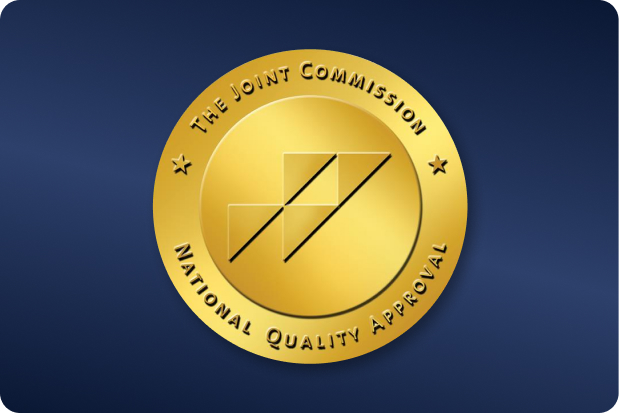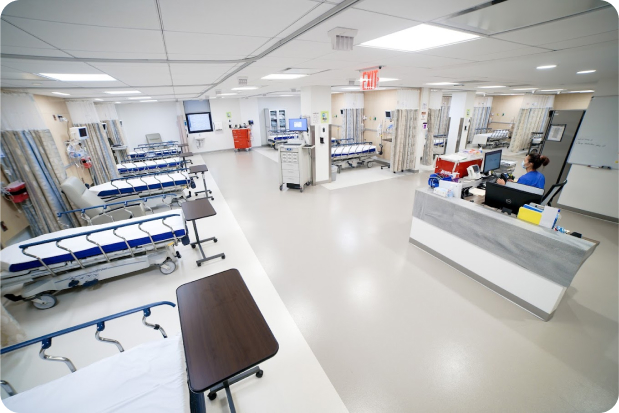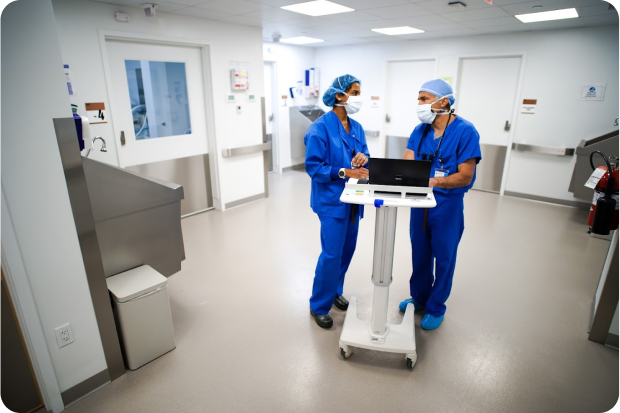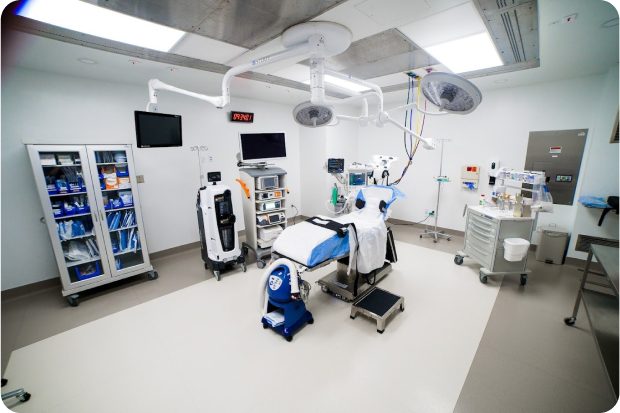 OUR LOCATIONSCall to book (212) 604-1300
OUR LOCATIONSCall to book (212) 604-1300
 OUR LOCATIONSCall to book (212) 604-1300
OUR LOCATIONSCall to book (212) 604-1300
Table of contents
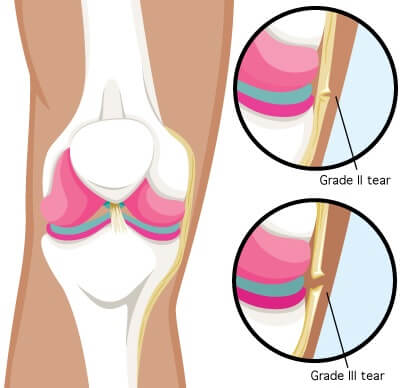
The symptoms of MCL and LCL injuries vary depending on the severity of the injury. Typically, sprains are less severe than tears and the symptoms associated with a sprain of the ligament are not as painful as the symptoms of a ligament tear.
The most common symptoms of an MCL or LCL Ligament Injury include:
The medial collateral ligament (MCL) is located on the medial (or inner) side of the knee and primarily functions to prevent excessive bending of the joint inward. The lateral collateral ligament (LCL), conversely, is located on the lateral (or outer) side of the knee and assists with resisting excessive bending outward of the joint. Both these significant ligaments tend to get injured through the following scenarios:
MCL Injuries:
LCL Injuries:
Knowing the usual suspects responsible for causing such injuries is very important for adequate prevention. Our professionals at New York Pain Care can offer customized advice and techniques to safeguard your knees from engaging in all manner of activities.
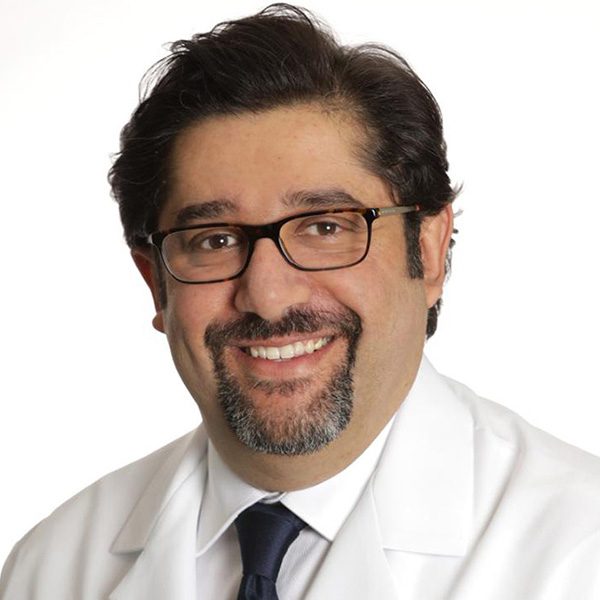



Treatment for minor MCL or LCL Sprains usually includes the RICE Method: Rest, Ice, Compression and Elevation. Physical Therapy and stretching exercises can also be helpful for strengthening of the ligaments and prevention of a future injury.
Not all MCL or LCL Tears require surgery. While at times, surgery may be necessary; non-surgical treatment for MCL and LCL Tears may also include Physical Therapy, Pain Management, stabilization, and strengthening and motion exercises.
At New York Pain Care, personalized treatment plans for knee injuries or sports injuries are designed for each individual patient by our expert staff.
Typical diagnostic exams include:
In the majority of cases, a physical exam and an MRI are enough to diagnose. For a proper evaluation, it’s recommended to visit our board-certified physicians.
The healing process for injuries to the MCL and LCL depends on the severity of the tear and whether surgical intervention is required. The initial focus is on treating pain and swelling with rest, ice, compression, and elevation (RICE), which may be aided by a brace. Early rehabilitation includes returning mobility slowly and initiating rudimentary strengthening exercises.
As healing progresses, the focus of rehabilitation shifts toward advanced strengthening of the muscles around the knee. Generally, mild sprains may heal in a matter of weeks, while more severe tears (particularly those that require surgery) may take several months of rehabilitation. A treatment plan specific to the individual’s needs is an important aspect of a successful recovery.
The first step in treating a Ligament Injury is to make an appointment to see a doctor who specializes in Sports Medicine for a diagnosis and to learn your treatment options.
At New York Pain Care, we’re committed to helping you achieve long-lasting relief through a customized treatment plan that’s designed to address your specific needs. Our award-winning physicians, nominated as one of the US Top Doctors and recipients of the Most Dedicated Physicians award, are caring and experienced professionals who provide expertise to every patient they treat. To learn more or to start, call us now at 212-604-1300 or book an appointment now.
New York Pain Care
20 Squadron Blvd, Suite 290
New City, NY 10956
(212) 242-8160



